Little is known of Jan Moninckx (c. 1656 - May 1714) outside the brilliant botanical
illustrations that he created in collaboration with his daughter, Maria (c. April
1673 - February 1757). In the world of botany and botanical illustrators, Jan and
Maria are respected for their work, especially for over 370 color illustrations that
they created for their magnum opus, the nine-volume Moninckx Atlas, published
from 1686 to 1749.

Jan Moninckx and Ivy-Leafed Geranium: Capturing South African Beauty in c1701 Dutch Botanical Art
South Africa's ivy-leafed geranium (Pelargonium peltatum): illustrated by Dutch botanical artist Jan Moninckx (c1656-1714), attractive to butterflies, ethnobotanical uses.
Jan Moninckx and Pelargonium peltatum: Background
Joan Huydecoper van Maarsseveen II (February 21, 1625-December 1, 1704) was an amateur botanist who served as mayor of Amsterdam and as an administrator in the powerful Dutch East India Company (Vereenigde Oost-Indische Compagnie). Jan Commelin (April 23, 1629-January 19, 1692) was an Amsterdam alderman and herbal-pharmaceutical merchant with a deep interest in botany. Together they were influential in persuading the Amsterdam City Council to establish, by a decree dated November 12, 1682, a Hortus Botanicus (Latin: hortus, "garden" + botanicus, "botanical") in the Plantage neighborhood east of the city center, where it luxuriates today as a green, exotic oasis in the midst of downtown ebullience.
Benefiting from the global contacts of the vast empire of the Dutch East India Company, Hortus Botanicus was replete with economic, medicinal, and ornamental floral curiosities that intrigued and fascinated with their exotic unfamiliarity. Pleased with this exceptional living collection, Joan Huydecoper and Jan Commelin commissioned Jan and Maria to create a permanent record in the form of their renowned illustrations.
Although actually entitled Afteekeningen van Verscheyden Vreemde Gewassen in de Medicyn-Hoff der Stadt Amsteldam ("Portraits of Several Exotic Plants in the Physic Garden of the City of Amsterdam"), the priceless masterpiece is known as the Moninckx Atlas in recognition of the invaluable, irreplaceable contributions by the Moninckx team.
One of the illustrations executed by Jan is captioned as an African geranium (Geranium africanum) and appears as plate 41 in volume 5 of the Atlas. This illustration, which is a breathtaking depiction of Pelargonium peltatum, also is displayed on page 52 of another publication, Praeludia Botanica, which was begun by Jan Commelin and completed and posthumously published by his nephew, Caspar Commelin (October 14, 1668-December 25, 1731).
Pelargonium peltatum is commonly known as ivy-leafed geranium, ivy-leaved geranium, cascading pelargonium. These common names recognize the plant's characteristically ivy-shaped (Hedera helix) and glossily colored leaves as well as its trailing habit.
In Afrikaans, the Dutch-derived language of South Africa, this native perennial is commonly known as kolsuring in reference to the leaves' acidulous sap.
An accepted scientific synonym is Pelargonium lateripes L'Hér. Two other scientific names, Geraniospermum peltatum (L.) Kuntze and Geranium peltatum L., have unresolved status as synonyms because of insufficient data in their source records.
The genus name, Pelargonium (Greek: Πέλαργος, pelargos, "stork"), acknowledges the similarity between the fruit's shape and a stork's beak. The species name, peltatum (Latin: pelta, "small shield"), describes its leaves, which are attached to their petioles (Latin: petiolus, "little foot"), or stalks, in the center, like a shield, instead of at the base in the usual manner.
Native distribution ~ Introduction to the Netherlands and beyond
Native distribution
Ivy-leafed geranium occurs natively in South African coastal and succulent scrublands from Wellington in Western Cape Province to East London, a coastal city between the Buffalo and Nahoon rivers on the Indian Ocean in the Amathole ("calves") District of Eastern Cape Province.
Isolated populations also extend easterly into Natal region in the far eastern coastal province of KwaZulu-Natal and in the eastern interior province of Mpumalanga ("the place where the sun rises"). These far eastern populations frequently are distinguished by non-peltate leaves, that is, the stem is attached to the base of the leaf instead of in the center.
Introduction to the Netherlands and beyond
Ivy-leafed geraniums were introduced into the Netherlands in 1700 by Willem Adriaan van der Stel (August 24, 1664-November 11, 1733), who served, from January 23, 1699 until his dismissal on April 23, 1707,.as Governor of Cape Colony, which had been established in 1652 with the founding of Cape Town by the Dutch East India Company (Vereenigde Oost-Indische Compagnie, VOC) on Table Bay (Tafelbaai) on the Atlantic Ocean coast of northwestern South Africa.
Francis Masson, Mary Capell Somerset ~ U.S.D.A. Plant Hardiness Zones Map ~ Growing and propagating
Francis Masson; Mary Capell Somerset, Duchess of Beaufort
Scottish botanist and Kew Gardens' first plant hunter Francis Masson (August 1741-December 23, 1805) is credited with introducing ivy-leafed geraniums into England in 1774 from species collected during the H.M.S. Resolution expedition to South Africa under the command of James Cook (November 7, 1728-February 14, 1779). Nevertheless, avid gardener-botanist Mary Capell Somerset, Duchess of Beaufort (ca. December 1630-January 7, 1715) was reported to be growing ivy-leafed geraniums in her Gloucestershire botanical gardens in 1701, one year after their introduction into the Netherlands. Also, an ivy-leafed geranium is presented in the Florilegium of the Duchess of Beaufort (also known as Codex of the Duchess of Beaufort), which was compiled between 1703 and 1705 at the Duchess' garden in Badminton, with illustrations by Dutch botanical artist Everhardus Kickius.
Ivy-leafed geranium was described in the first volume of Curtis's Botanical Magazine, which, since its founding in 1787 by William Curtis (January 11, 1746-July 7, 1799), a London apothecary (Greek: ἀπό, apo, “from, away from” + τίθημι, tithēmi, “to put”), botanist and entomologist, remains still in print as the longest running botanical magazine.
Ivy-leafed geraniums now are treasured throughout the world for their aromatic, attractive leaves, spectacular floral coloring, and adaptability.
U.S.D.A. Plant Hardiness Zones Map
The U.S. Department of Agriculture Plant Hardiness Zones Map, which classes plants according to the coldest temperatures at which they remain viable, places ivy-leafed geranium as hardy to Zone 9 (20° to 30° F, -7° to -1° C) to Zone 11 (40° to 50° F, 4° to 10° C).
Growing and propagating: easy gratification
An inveterate sun-lover, ivy-leafed geraniums tolerate shade, which reduces somewhat the profusion of their flowers.
Resistant to drought and heat, ivy-leafed geraniums do not require close attention and therefore are touted for their ability to withstand neglect in gardens and greenhouses. Although ivy-leafed geraniums respond ideally to complete soil dryness between waterings, they may succumb to wilting during oppressive heat waves.
Ivy-leafed geraniums propagate easily, whether as cuttings or from seed. Cuttings root within four weeks. Seeds germinate within three to four weeks after sowing.
Externals:
What ivy-leafed geranium looks like
Ivy-leafed geranium is equally proportioned, with a spread of 8 feet (2.4 meters) and a height of 8 feet (2.4 meters). In the wild, ivy-leafed geranium climbs up other shrubs and trees, looking to them for support for its long, straggling shoots which may measure up to 6.5 feet (2 meters). Stems are fleshy except for woodiness towards the base and brittleness at the joints. This weakness of stems and joints makes ivy-leafed geranium an ideal plant for hanging baskets, from which its many slender branches aesthetically cascade, or for trellises, on which its supported branches wander securely.
As a perennial (Latin: per, "through" + annus, "year"), ivy-leafed geraniums live for more than two years.
As a succulent (Latin: sucus, "juice, sap"), ivy-leafed geraniums retain water, noticeable in its puffy leaves, and thereby survive droughts.
Rounded, bright green leaves have five bluntly triangular lobes with a diameter of 0.78 to 2.75 inches (2 to 7 centimeters). Leaves are usually hairless and glabrous (Latin: glaber, "smooth, hairless, bald"), that is, smooth, although downy leaves are found, especially in the wild, where considerable variations occur. Generally leaves have distinctive zonal circles, which are dark bands, but this characteristic is not always present, especially in the wild.
Flowers have five long petals, with the lower and upper petals often of unequal size. Petals often are markedly obcordate (Latin: ob-, "opposite direction, reversed" + cor, "heart"), meaning that they are inversely heart-shaped, with the point of attachment at the pointed tip. As such, each petal gracefully swells outwards and upwards to end in delicate hearts.
Floral hues usually vary from mauve or pink mauve to cerise (pink red) or pale pink, with infrequent displays of pale white or mauve white. Oftentimes upper petals are veined prominently in darker colors.
Flowerheads have up to nine flowers atop short pedicels (Latin: pediculus, "little foot"), or stalks, which radiate out in an umbel (Latin: umbella, "parasol"), or umbrella shape, from their long peduncle (Latin: pedunculus, "foot stalk"), or main floral stem.
Synecology:
Butterflies attracted to ivy-leafed geraniums
Synecology (Greek: σύν, syn, “with” + oικoλoγία, ecologia, “house” + “study”) identifies faunal and floral inhabitants that regularly coexist with ivy-leafed geraniums in their preferred habitats. An active coexistence occurs when ivy-leafed geranium provides sustenance, as, for example, through nectar or foliage.
Carpenter bees (genus Xylocopa) frequently nectar at ivy-leafed geraniums.
Leaves and buds are devoured systematically by the larvae of common geranium bronze butterflies (Cacyreus marshalli), known in Afrikaans as malvabloutjie, and Dickson's geranium bronze butterflies (Cacyreus dicksoni), known in Afrikaans as Dickson-se-malvabloutjie. In ravenous years, the foliage is ravaged with visible gouges and damage.
Edema:
sensitivity in a hardy succulent
Ivy-leafed geraniums sometimes suffer from edema (Greek: οἴδημα, oidēma, “swelling”), which is symptomized as pale brown, irregular bumps on the stems and the leafy undersurface. The cause of edema is attributed to various factors, such as over watering after extreme pruning or after excessive drought. Excessively watering a dry plant is thought to provoke a sudden increase in sap pressure that subsequently ruptures plant cells on the leafy underside, thereby producing the symptomatic bumps. Other discernible factors include atmospheric humidity, which affects transpiration (the evaporation of moisture in plants), as well as nutrition, such as calcium in the tissues.
Oftentimes ivy-leafed geraniums, with their finely honed resilience, naturally heal this condition, so the only necessary measure entails removing the unsightly leaves for cosmetic purposes. For indoor locations, avoidance of edema is achieved by the elimination of water logging, improvement of ventilation, reduction in humidity, and placement in sunny areas.
Ethnobotany:
sore throat remedy to grey-blue dye
A sore throat is remedied traditionally with the sour-tasting sap of the ivy-leafed geranium. Fresh leaf juice, heated in oil and formed into a plug, relieves earaches and toothaches.
A dilution of fresh leaf juice with water produces an antiseptic gargle.
A poultice, prepared by pounding the leaves, antiseptically treats minor burns, scratches, and wounds.
The petals, which are astringent, are used in a wash for cleaning greasy skin.
An indelible dye of grey-blue or blue indigo, derived from the petals, is treasured for its beauty in painting and in dyeing cloth.
Buds and young leaves, palatably edible to humans with their aromatic astringency, quench thirst.
Conclusion:
Jan Moninckx and ivy-leafed geranium
Between 1701 and 1702, Jan Moninckx completed his illustration of Pelargonium peltatum, the ivy-leafed geranium. Jan's artistry captures perfectly the essential enchantment of the South African beauty. The refined pastel of heart-shaped petals tumble from the base of each flower. The shiny green leaves are suspended by their slender stalks, like leafy shields, from the rambling branches. Dark bands encircle the centers of leafy upper sides. A glimpse is conveyed of floral fluttering and leafy wavering as the plant basks in its native sun and coastal oceanic wafts.
Over four centuries later, the elegant reality of Jan's illustration evokes admiration for the artist as well as for the plant, whose vividly familiar modern presence nevertheless serenely blends into an early eighteenth century setting.
Dedication
This article is dedicated to the memory of Jan Moninckx in recognition of his timeless contributions to art and botany.
Acknowledgment
My special thanks talented artists and photographers/concerned organizations who make their fine images available on the internet.
Image Credits
Ivy-Leafed geranium: c1701-1702 illustration by Jan Moninckx: Public Domain, via Wikimedia Commons @ https://en.wikipedia.org/wiki/File:Jan_Moninckx08.jpg
c1675-1700 portrait of Jan Commelijn by Gerhard Hoet (Aug 22, 1648-Dec 2, 1733), Amsterdam Museum: Public Domain, via Wikimedia Commons @ https://en.wikipedia.org/wiki/File:Jan_Commelin01.jpg
portrait of William Aiton, attributed to Edmund Bristow (Apr 1, 1787–Feb 12, 1876): cropping of oil on canvas, Royal Botanic Gardens Kew Collection, Public Domain, via Wikimedia Commons @ https://en.wikipedia.org/wiki/File:William_Aiton.jpg
illustration of "Geranium Peltatum Ivy-Leaved Geranium" by James Sowerby (March 21, 1757–October 25, 1822): Botanical Magazine (1787), Volume I, Plate 20, Public Domain, via Biodiversity Heritage Library @ https://www.biodiversitylibrary.org/page/468657
c1690-1722 portrait by Joseph Nutting (1660-1722), after line engraving by Robert Walker (died c1658): Public Domain, via Wikimedia Commons @ https://en.wikipedia.org/wiki/File:Mary,_Duchess_of_Beaufort.jpg
closeup of flowers and leaves of Pelargonium peltatum 'Caliente': Pressebereich Dehner Garten-Center, CC BY ND 2.0, via Flickr @ http://www.flickr.com/photos/pressebereich_dehner/5692961636/
Pelargonium peltatum flower, Kirstenbosch Gardens, Cape Town: Andrew Massyn, Public Domain, via Wikimedia Commons @ https://commons.wikimedia.org/wiki/File:Pelargonium_peltatum_flower.jpg
Pelargonium peltatum Villetta-serien 'Bright Red': Istvan Takacs (Takkk), CC BY-SA 3.0, via Wikimedia Commons @ http://commons.wikimedia.org/wiki/File:Pelargonium_peltatum_Villetta-serien_'Bright_Red'.jpg
geranium bronze (Cacyreus marshalli) butterfly, a fan of Pelargonium peltatum; Genoa, Liguria, northwestern Italy: Hectonichus, CC BY-SA 3.0, via Wikimedia Commons @ https://en.wikipedia.org/wiki/File:Lycaenidae_-_Cacyreus_marshalli-1.JPG
profuse brilliance of Pelargonium peltatum hybrid cultivars: Jerzy Opiola, CC BY-SA 4.0, via Wikimedia Commons @ https://pl.wikipedia.org/wiki/Plik:Pelargonium_peltatum_hort._a1.jpg
Pelargonium peltatum, La Orotava, Tenerife: Christian Koppchen, CC BY-SA 3.0, via Wikimedia Commons @ https://commons.wikimedia.org/wiki/File:PelargoniumK1.jpg
beautiful vista of Pelargonium peltatum in Kirstenbosch Gardens, Cape Town: Andrew Massyn, Public Domain, via Wikimedia Commons @ https://commons.wikimedia.org/wiki/File:Pelargonium_peltatum.jpg
Pelargonium peltatum: also known as balcony germanium because its popular hybrids and cultivars flourish as ornamentals: Stojanoski Slave - Silfiriel, CC BY SA 3.0, via Wikimedia Commons @ https://commons.wikimedia.org/wiki/File:Pelargonium_Peltatum.JPG
flowers and leaves of Pelargonium peltatum hybrid cultivar, Maşukiye, northwestern Turkey: Nevit Dilmen, CC BY SA 3.0, via Wikimedia Commons @ https://commons.wikimedia.org/wiki/File:Sardunya_nevit_9651.JPG
young Pelargonium peltatum flowers, Somerset West, Western Cape, South Africa: JonRichfield, CC BY SA 3.0, via Wikimedia Commons @ https://commons.wikimedia.org/wiki/File:Pelargonium_peltatum_9191s.jpg
Sources Consulted
Adams, Trevor. “Pelargonium peltatum (L.) L'Hér.” Plants of Southern Africa. October 2005.
- Available at: www.plantzafrica.com/plantnop/pelargpelt.htm (Last accessed July 12, 2011)
Clark, David. Pelargoniums. Kew Gardening Guides. Portland OR: Timber Press, 1988.
Clifford, Derek. Pelargoniums Including the Popular ‘Geranium’. London: Blandford Press, 1970.
Commelin, Jan. Praeludia Botanica ad Publicas Plantarum Exoticarum Demonstrationes, Dicta in Horto Medico, Cum Demonstrationes Exoticarum. Leiden: Fredericum Haringh, 1703.
Curtis, William. The Botanical Magazine; Or, Flower-Garden Displayed: In Which the Most Ornamental Foreign Plants, Cultivated in the Open Ground, the Green-House, and the Stove, Are Accurately Represented in Their Natural Colours. To Which Are Added, Their Names, Class, Order, Generic and Specific Characters, According to the Celebrated Linnaeus; Their Places of Growth, and Times of Flowering: Together With the Most Approved Methods of Culture. Volume I. London: Couchman and Fry, MDCCXC (1790).
- Available via Biodiversity Heritage Library at: http://www.biodiversitylibrary.org/item/7351
“Everything You Wanted to Know About Ivy Geraniums.” Geraniums Online.
- Available at: http://www.geraniumsonline.com/ivy2.htm (Last accessed July 12, 2011)
Joffe, Pitta. Creative Gardening with Indigenous Plants: A South African Guide . Pretoria: Briza Publications, 2001.
Miller, Diana. Pelargoniums: A Gardener’s Guide to the Species and their Cultivars and Hybrids. Portland OR: Timber Press, 1996.
“Pelargonium Peltatum herba.” Using Southern Africa Plants: Medicinal Plant Monographs. South African National Biodiversity Institute, South African Medical Research Council, and University of the Western Cape.
- Available at: http://www.plantzafrica.com/frames/usingfram.htm (Last accessed July 12, 2011)
"Pelargonium peltatum (L.) L'Hér." The Plant List (2010). Missouri Botanical Gardens and Royal Botanic Gardens, Kew. Version 1.
- Available at: http://www.theplantlist.org/ (Last accessed July 12, 2011)
Roberts, Margaret. Indigenous Healing Plants. Halfway House Estate: Southern Book Publishers, 1992.
van der Walt, J.J.A., and P.J. Vorster. Pelargoniums of Southern Africa. 3 volumes. Illustrations by Ellaphie Ward-Hilhorst. Cape Town: Purnell & Sons, 1977, 1981, 1988.
van Wyk, Ben-Erik, and Nigel Gericke. People's Plants: A Guide to Useful Plants of Southern Africa. Pretoria: Briza Publications, 2007.
Webb, William J. The Pelargonium Family: The Species of Pelargonium, Monsonia and Sarcocaulon. London & Sydney: Croom Helm, 1984.
Wijnands, D.O. The Botany of the Commelins: A Taxonomical, Nomenclatural, and Historical Account of the Plants Depicted in the Moninckx Atlas and in the Four Books by Jan and Casper Commelin on the Plants in the Hortus Medicus Amstelodamensis, Rotterdam. Rotterdam: A.A. Balkema, 1983.
The Golden Age of Botanical Art by Martyn Rix
17th century explorers sought exotic plants from unknown lands; their floral findings were often recorded by talented professional artists.
 |
| botanical illustration-themed books |
You might also like
Jan Moninckx and Bowstring Hemp: Plant and Illustration Still ...Bowstring hemp (Sansevieria hyacinthoides) is presented, especially in its cu...
Maria Moninckx and South Africa's Gasteria nigricans and Pelar...Two botanical illustrations, Gasteria nigricans and Pelargonium oblatum, reve...


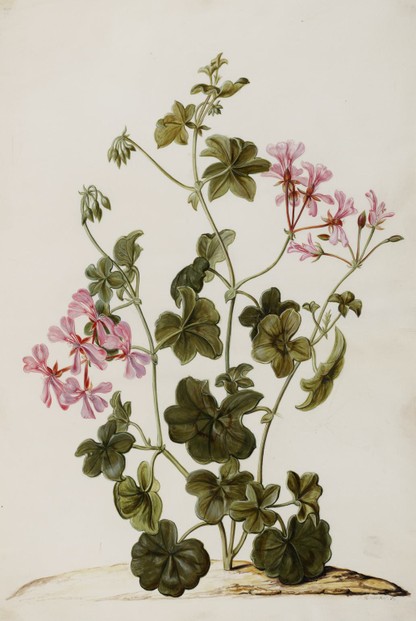
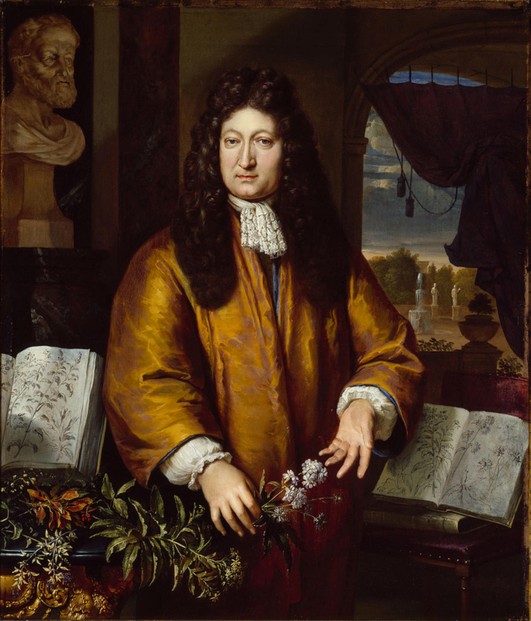
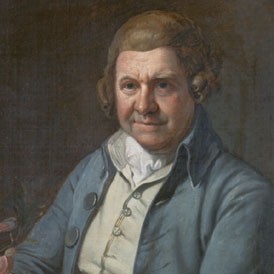
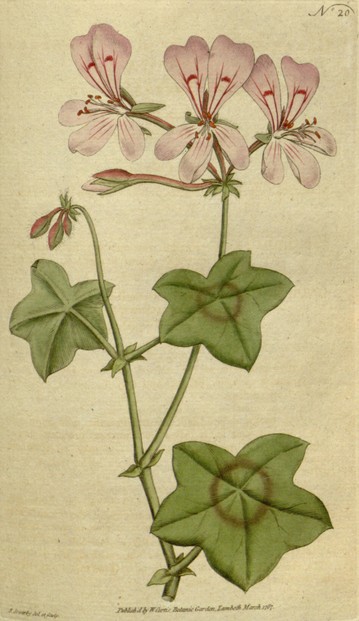
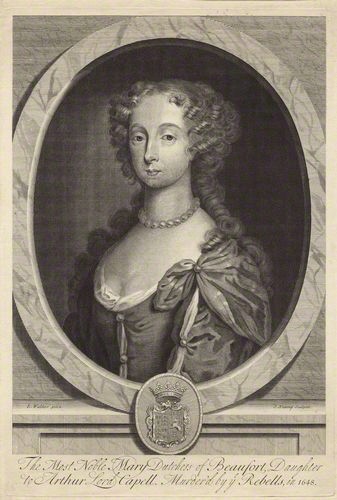
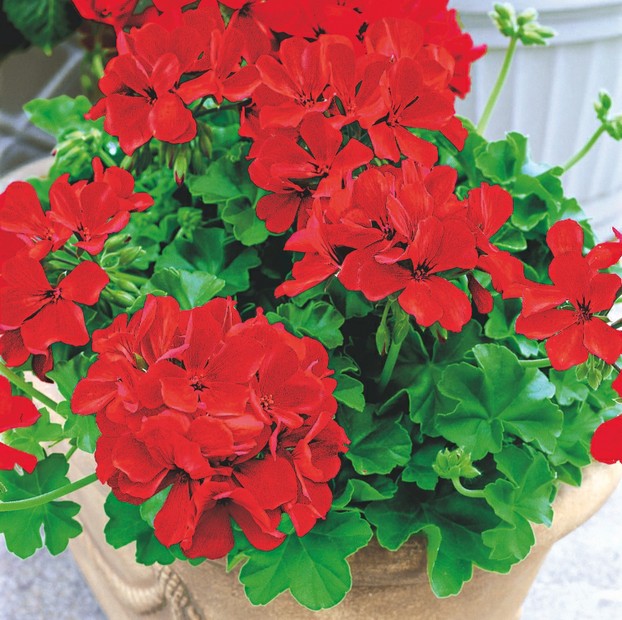
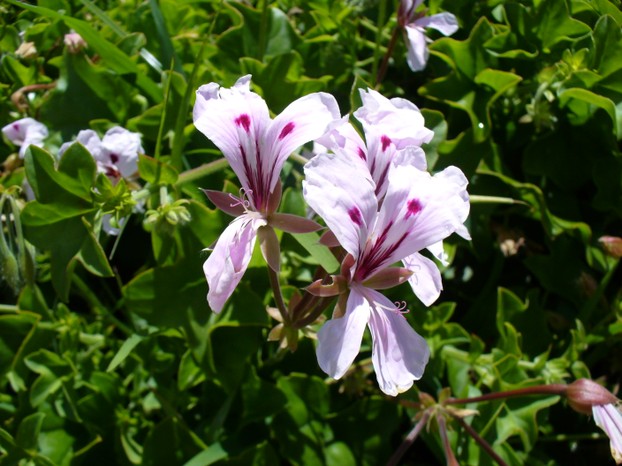
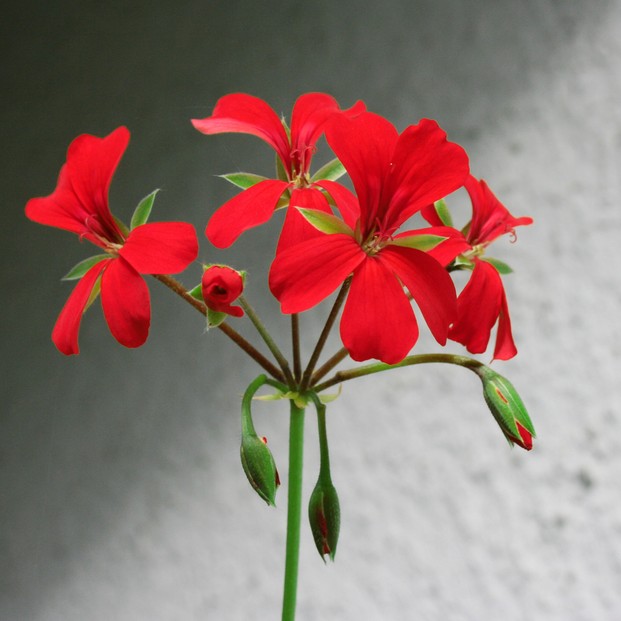
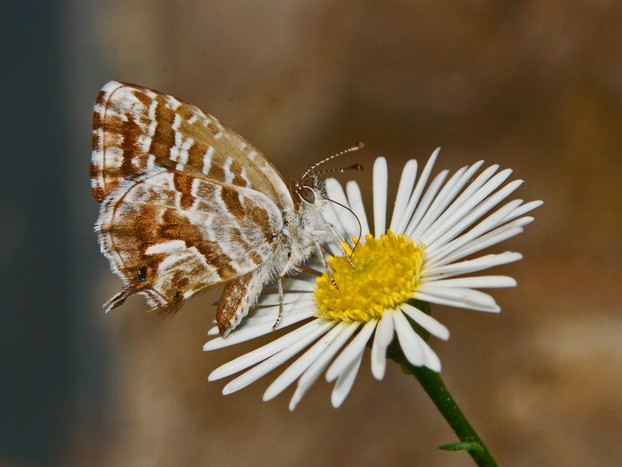
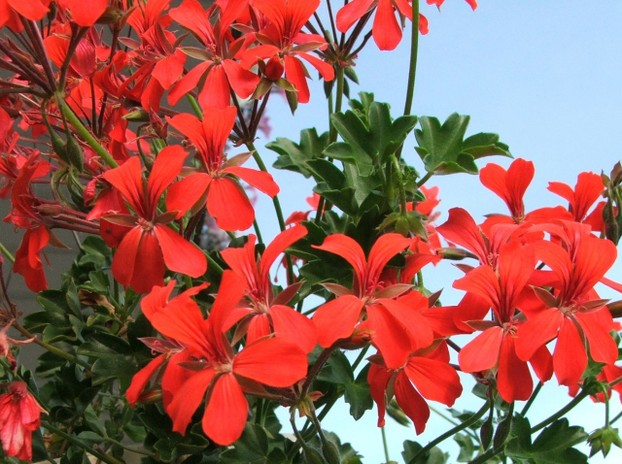
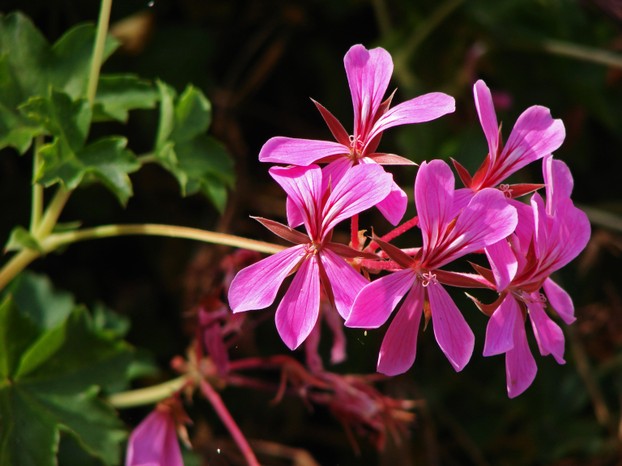
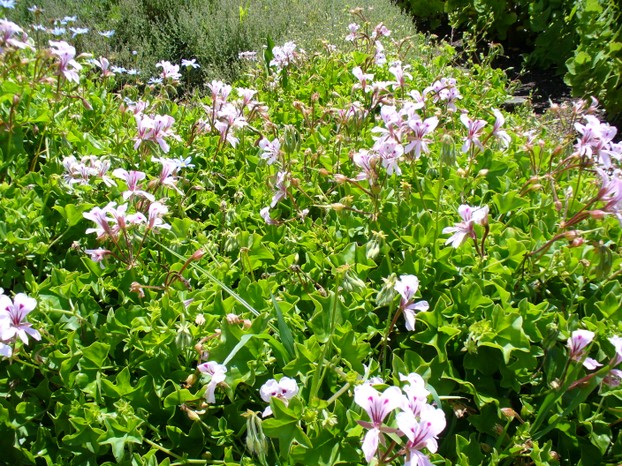
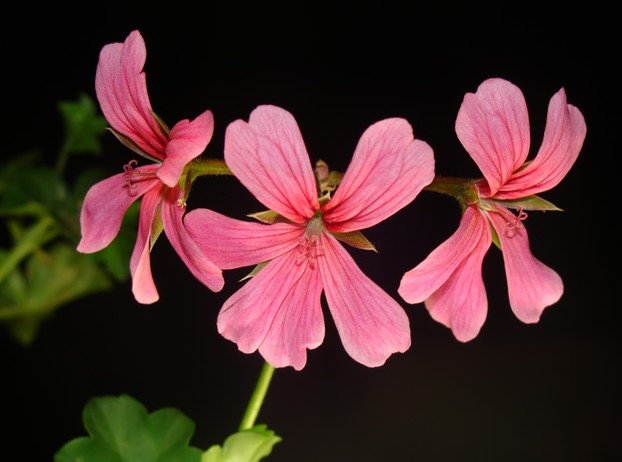
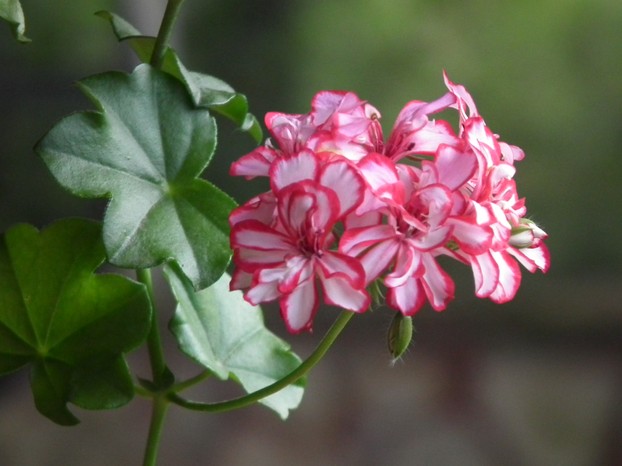
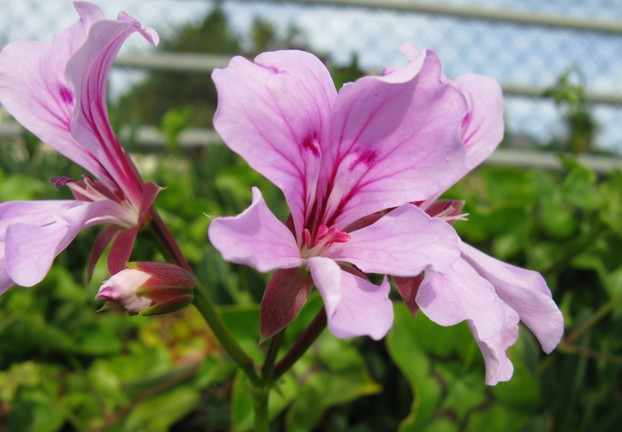



 Are Hawaiian Huakai Po Nightmarchers Avenging Halloween Thursday?on 10/02/2024
Are Hawaiian Huakai Po Nightmarchers Avenging Halloween Thursday?on 10/02/2024
 Mailing Addresses for 2023 Form 4868 Extending 1040 and 1040SR April 15, 2024, Due Dateon 04/15/2024
Mailing Addresses for 2023 Form 4868 Extending 1040 and 1040SR April 15, 2024, Due Dateon 04/15/2024
 Mailing Addresses for 2023 Forms 1040 and 1040SR Filed in 2024on 04/15/2024
Mailing Addresses for 2023 Forms 1040 and 1040SR Filed in 2024on 04/15/2024
 Mailing Addresses for 2022 Form 4868 Extending 1040 and 1040SR April 18, 2023, Due Dateon 04/13/2023
Mailing Addresses for 2022 Form 4868 Extending 1040 and 1040SR April 18, 2023, Due Dateon 04/13/2023

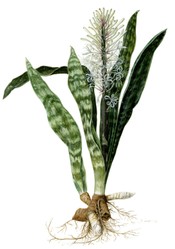
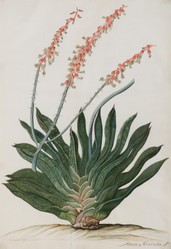
Comments